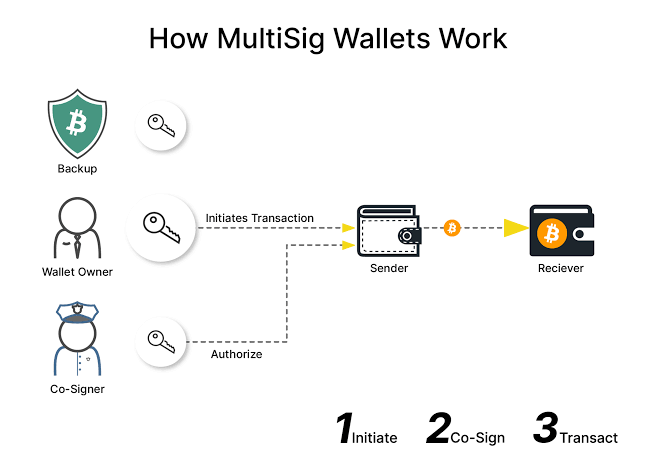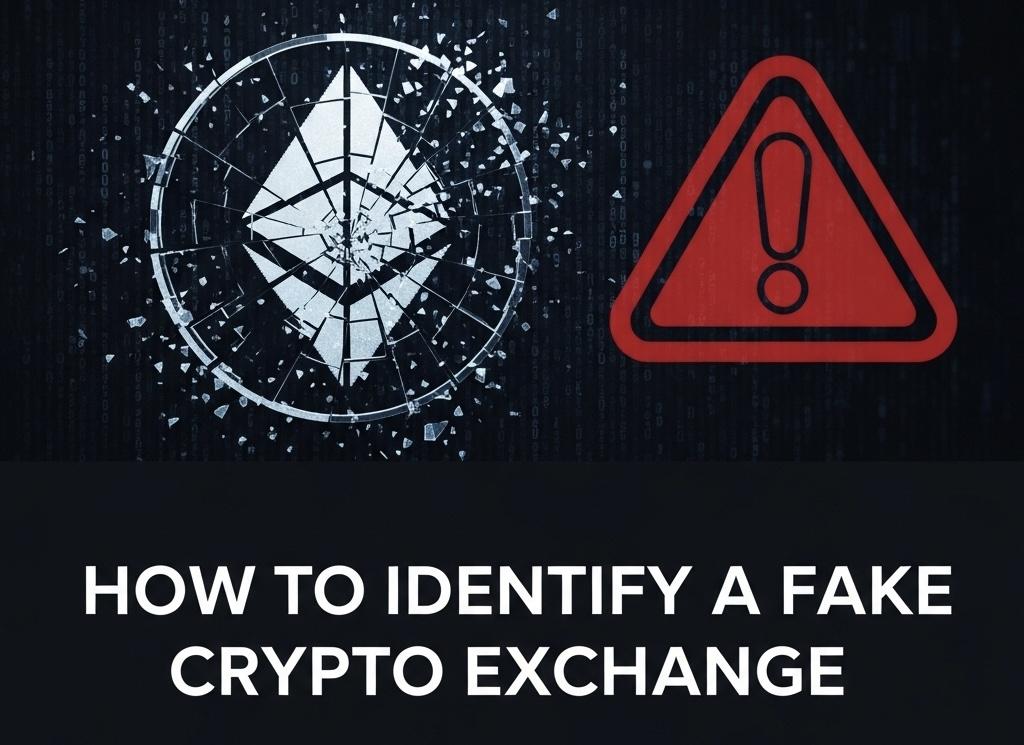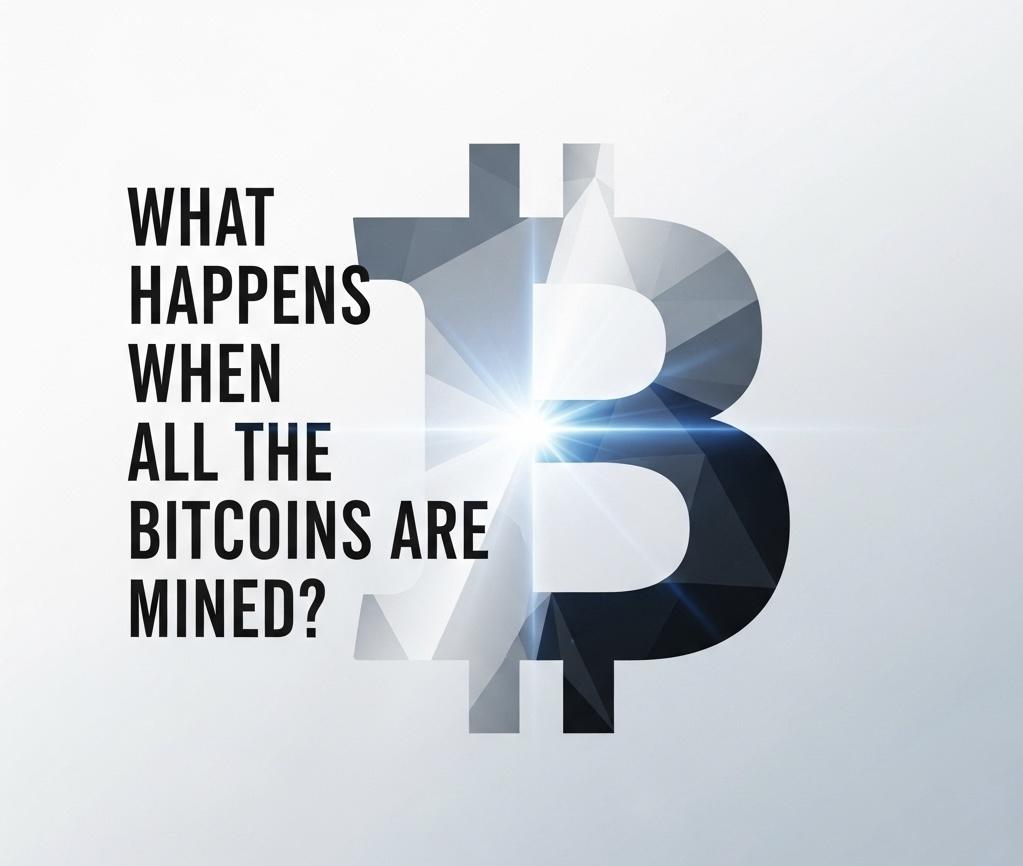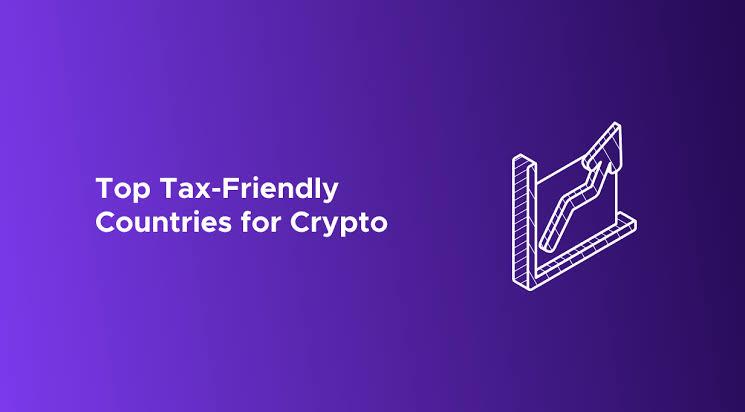A multisig wallet (short for multi-signature wallet) is a type of cryptocurrency wallet that requires multiple private keys (signatures) to authorize a transaction, rather than just one. It adds an extra layer of security, control, and collaboration over crypto assets
🔐 How It Works
- Instead of one person having complete control, a multisig wallet uses an M-of-N structure, where:
- N = Total number of participants (wallet signers)
- M = Minimum number of signatures required to approve a transaction
For example:
- 2-of-3 multisig: 3 people have keys, but 2 must approve any transaction
- 3-of-5 multisig: 5 keys exist, 3 needed to sign
✅ Key Benefits
1. Enhanced Security
- A hacker would need access to multiple keys to steal funds.
- Protects against single-point failure (lost or compromised key).
2. Decentralized Control
- No single person can act alone.
- Useful for teams, DAOs, or shared accounts.
3. Transaction Accountability
- All signers leave a record of participation.
- Reduces risk of internal fraud or mistakes.
4. Smart Escrow Use
- Can be used for conditional payments or escrow-like services (e.g., 2-of-3 between buyer, seller, and arbitrator).
⚙️ Where It's Used
- DAOs & DeFi protocols (e.g., Gnosis Safe, a popular multisig wallet)
- Crypto startups (team-controlled treasuries)
- Crypto custodianship (e.g., shared family or legal accounts)
- NFT and asset protection (require multiple owners to transfer)
⚠️ Drawbacks
- Slower transaction times (need multiple approvals)
- Coordination overhead (especially with many signers)
- If too many signers lose keys, funds can be permanently locked
🛠️ Popular Multisig Wallet Platforms
- Gnosis Safe (Ethereum & EVM chains)
- BitGo (Custodial + multisig)
- Casa (User-friendly multisig for Bitcoin)
- Electrum (Bitcoin wallet with multisig capability)












